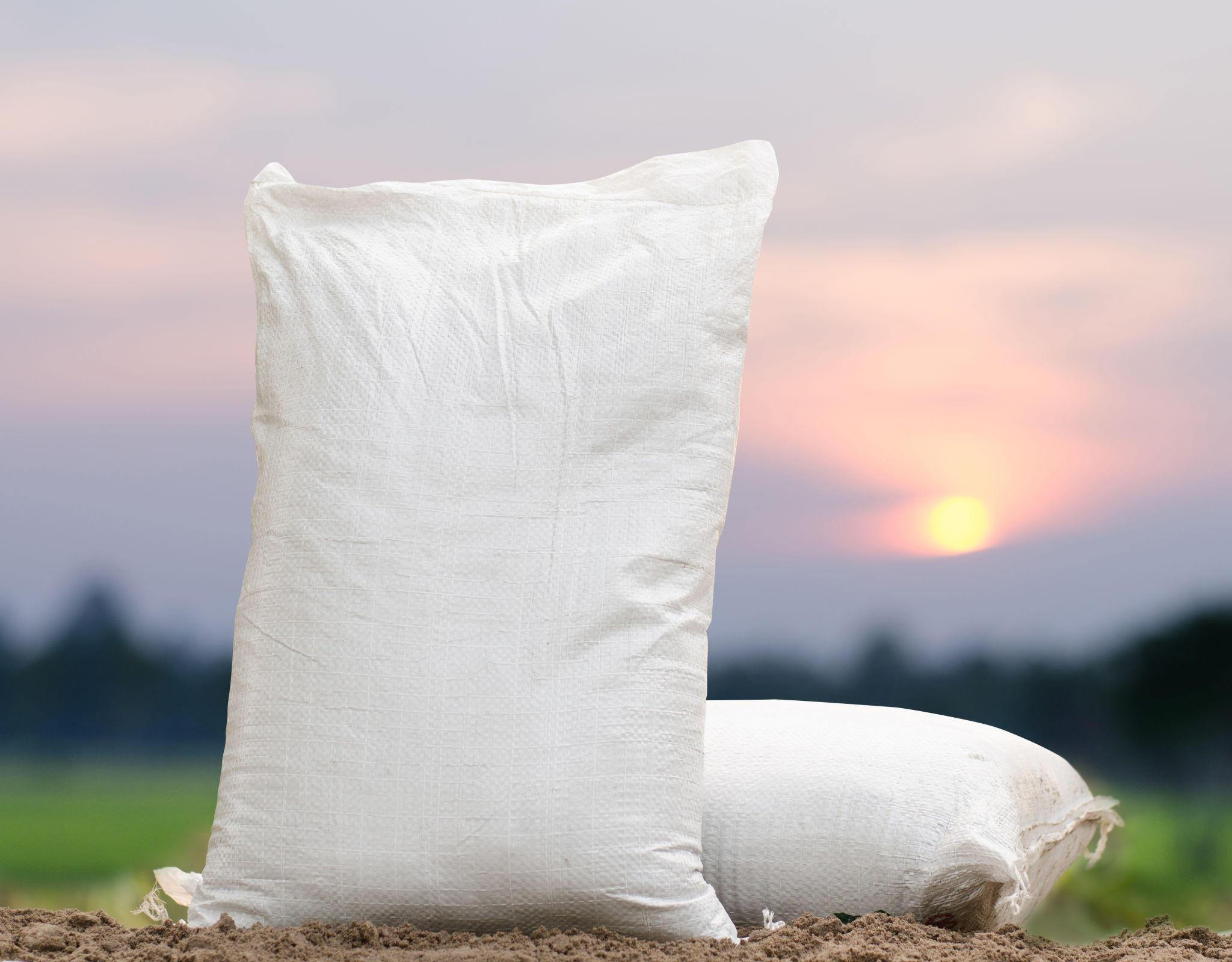Spring Fertilization Schedule for Florida Lawns: What You Need to Know
Understanding Florida's Unique Lawn Care Needs
Florida's climate provides a unique set of challenges and opportunities for lawn care enthusiasts. With its warm weather and frequent rainfall, the state offers a year-round growing season, but this also means that lawns require special attention, particularly when it comes to fertilization. Spring is an ideal time to focus on your lawn's health, setting the stage for lush, green grass.

The Importance of Timing in Spring Fertilization
The timing of your fertilization efforts can significantly impact the health of your lawn. In Florida, the best time to start fertilizing is typically late February to early March. This ensures that your grass receives the nutrients it needs just as it begins its active growth phase. Applying fertilizers too early or too late can lead to poor absorption and potential nutrient runoff.
Following a well-planned schedule will help you maintain a vibrant lawn throughout the year. It's important to consider the specific type of grass in your lawn, such as St. Augustine, Bermuda, or Zoysia, as each has slightly different needs.
Choosing the Right Fertilizer
Florida's lawns benefit most from a balanced fertilizer that provides essential nutrients like nitrogen, phosphorus, and potassium. When selecting a fertilizer, look for products labeled with an N-P-K ratio, which stands for nitrogen, phosphorus, and potassium respectively. For most Florida lawns, a balanced 16-4-8 or 15-0-15 formula works well.

How to Apply Fertilizer Effectively
Proper application is crucial for maximizing the benefits of your fertilization efforts. Follow these steps for best results:
- Test Your Soil: Before applying any fertilizer, conduct a soil test to determine the nutrient needs of your lawn.
- Measure Correctly: Use the recommended amount based on the size of your lawn and the instructions on the fertilizer package.
- Even Distribution: Use a broadcast or drop spreader for an even distribution across your lawn.
- Watering: After application, water your lawn thoroughly to help the fertilizer absorb into the soil.
Avoiding Common Fertilization Mistakes
While fertilization can greatly benefit your lawn, it's also easy to make mistakes that could hinder growth or even damage your grass. Here are some common pitfalls to avoid:
- Over-fertilizing: Applying too much fertilizer can lead to nutrient burn and harm your lawn.
- Ignoring Weather Conditions: Avoid fertilizing before heavy rains to prevent runoff and waste.
- Neglecting Regular Maintenance: Fertilization is just one part of lawn care; regular mowing and watering are also essential.

Sustainable Practices for a Healthy Lawn
Incorporating sustainable practices into your lawn care routine not only benefits the environment but also ensures long-term health for your grass. Consider using slow-release fertilizers that provide nutrients over time and reduce the risk of runoff. Additionally, integrating organic options can enhance soil health and support beneficial microorganisms.
By following these guidelines and adjusting your approach based on the specific needs of your lawn, you can achieve a lush, green landscape that's both beautiful and environmentally friendly.